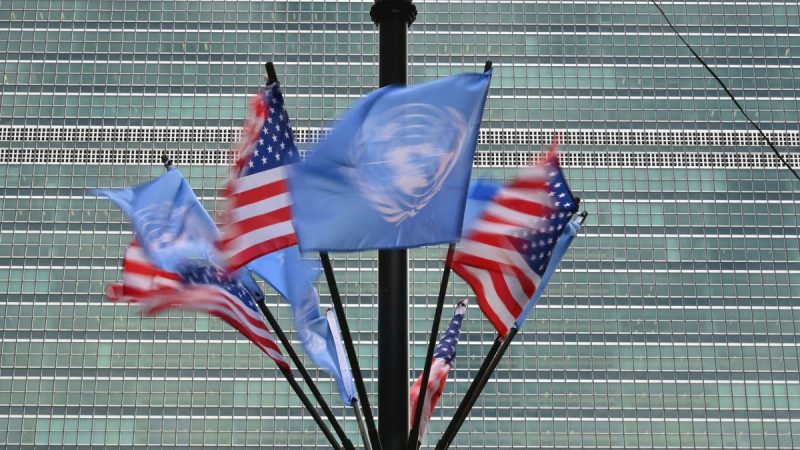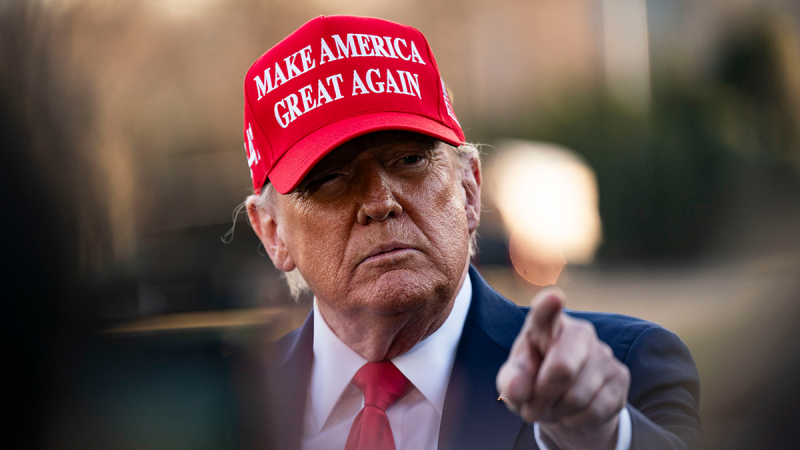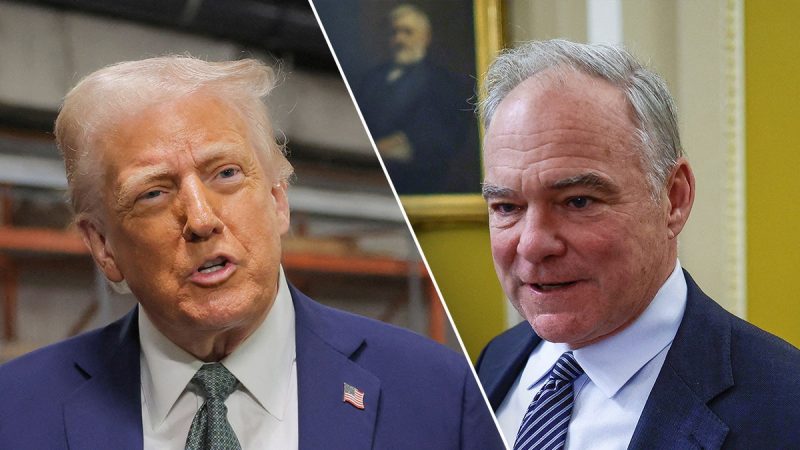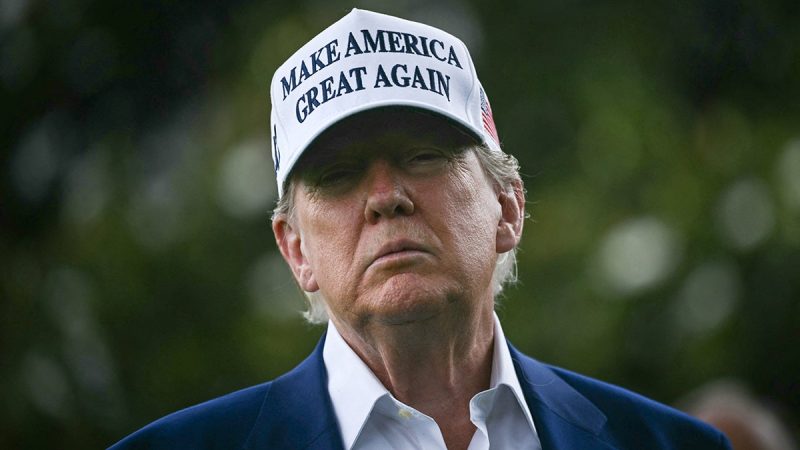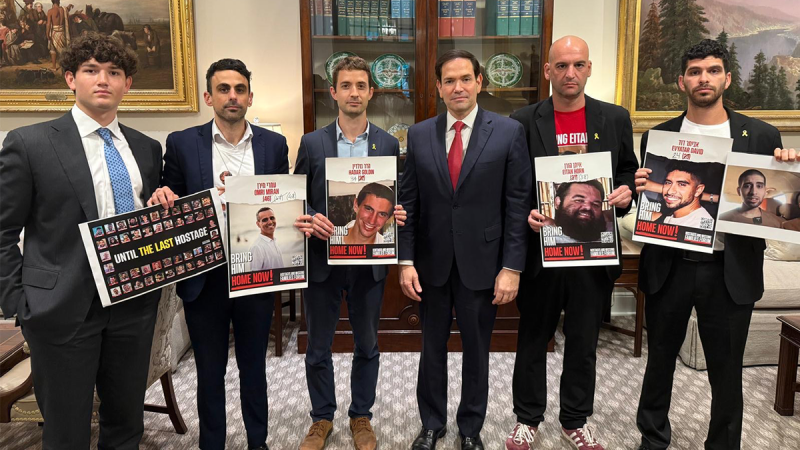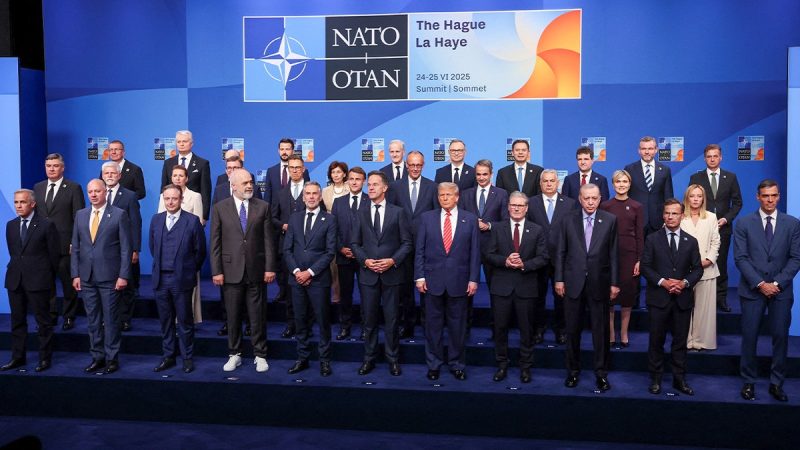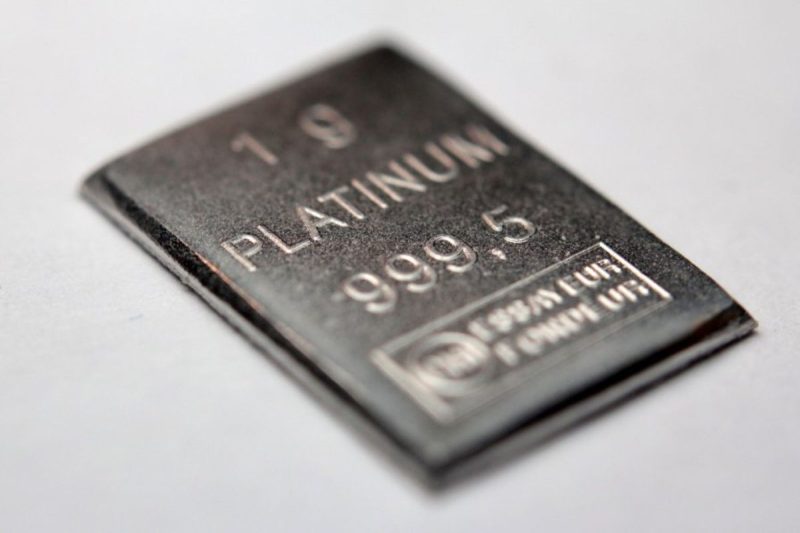United Nations Secretary-General António Guterres has directed staff to slash budgets ahead of the 2026 budgetary vote as part of a wider reform effort through his UN80 Initiative.
Much of the belt-tightening comes at a time when the Trump administration has looked to save money with the help of DOGE. In March, Guterres warned about cuts to U.S. spending at the U.N., stating that ‘going through with recent funding cuts will make the world less healthy, less safe, and less prosperous.’ The U.S., as the top funder to the world body, has given billions over the last few years, while paying around a third of its budget.
However, organizational belt-tightening does not appear to have hit senior-level U.N. staff.
‘The American people don’t even see this,’ a diplomatic source told Fox News Digital. ‘These people that are appointed to care for the poor of the world, get better perks than any investment banks out there.’
The diplomatic insider told Fox News Digital that the current ‘zero-growth’ budget for 2026 still includes ‘a lot of perks’ for professional- and director-level U.N. staff along with assistant-secretaries, under-secretaries and the secretary-general.
Fox News Digital recently reported that Guterres earned $418,348, which is a higher base salary than President Donald Trump receives. And that doesn’t include some of the perks the U.N. chief gets, including a plush Manhattan residence and chauffeur-driven car.
Additionally, though U.N. documents say senior-level U.N. staff are ‘going to be the first thing to be reduced,’ the source says that ‘in the budget of 2026, none of that is touched.’
Here is a list of perks:
Salary and Multiplier
U.N. professional staff, including Guterres, are paid a general salary as well as an additional multiplier of their salary based on their post. Multipliers are meant to ‘preserve equivalent purchasing power for all duty stations’ and can range from 16% in Eswatini, Africa, to 86.8% in Switzerland, according to data provided to Fox News Digital by a U.N. source.
The U.N. pay scale has been set to compare with ‘equivalently graded jobs in the comparator civil service in Washington, D.C.,’ with compensation about ’10 to 20% ahead of the comparator service’ to ‘attract and retain staff from all countries, including the comparator.’
Housing Allowance and Tax Exemption
Other expenses that may be compensated for include taxes paid and housing costs.
U.N. staff’s rent may be subsidized by up to 40% if it ‘exceeds a so-called rent threshold’ based on an employee’s income.
Many member states exempt U.N. employees from paying taxes, but employees of the organization who must pay taxes at their duty station are reimbursed for the cost.
Dependent Costs
There are substantial benefits for staff with dependents.
Staff receive an allowance of 6% of their net income if their spouses earn less than an entry-level general service U.N. salary.
Staff who are parents receive a flat allowance of $2,929 for children under 18, or who are under 21 and in secondary schooling. A second child allowance for staff without spouses is set at $1,025.
U.N. employees may receive grants to cover a portion of the education costs for dependent children through up to four years of post-secondary education. Reimbursements are calculated on a sliding scale. In a sample calculation, the U.N. explains that it would reimburse $34,845 of a $47,000 tuition.
Boarding fees may also be reimbursed up to $5,300 during primary and secondary education.
Pension Fund, Healthcare Fees
U.N. staff have access to the U.N. joint staff pension fund, which allows employees to contribute 23.7% of ‘pensionable remuneration, with two-thirds paid by the organization and one-third by the staff member.’
Travel Fees
The U.N. pays travel expenses for staff ‘on initial appointment, on change of duty station, on separation from service, for travel on official business, for home leave travel, and on travel to visit family members.’ In some instances, the U.N. also pays for eligible spouses and dependent children to travel.
Travel expenses include a ‘daily subsistence allowance (DSA)’ meant to cover ‘the average cost of lodging and other expenses.’ Eligible family members receive half the DSA, while director-level staff and above receive an additional DSA supplement.
Hardship, Relocation, Mobility and Other Incentives
For staff who change assignments at certain duty stations, U.N. mobility incentives begin at $6,700 and can grow to more than $15,075.
If changing stations for an assignment lasting more than a year, settling-in benefitscomprise30 days’ DSA for staff and half-DSA for eligible families, as well as one month of net pay and one month of post adjustment at the assignment duty station. Moving expenses may include the full or partial removal and transport of household goods, or the storage of those items.
Hardship allowances of between $5,930 and $23,720 may be granted for non-local staff in certain duty stations. The U.N. issues allowances of $19,800 for staff with dependents and $7,500 for staff without dependents stationed at non-family duty stations ‘to recognize the increased level of financial and psychological hardship incurred by involuntary separation.’ Danger pay of $1,645 may also be allocated to staff whose association or employment may make them ‘clearly, persistently, and directly targeted,’ or in duty stations where there is a ‘high risk of becoming collateral damage in a war or active armed conflict.’
Terminated Employees
Terminated employees are also allowed separation payments, typically constituting several months’ pay if their appointment has been terminated due to ‘abolition of post or reduction of staff; poor health or incapacitation for further service; unsatisfactory service; agreed termination.’ Those terminated for unsatisfactory service or misconduct may receive half the typical separation payment.
A repatriation grant may additionally be paid to staff who have been in expatriate service for at least five years, unless staff were ‘summarily dismissed.’
Future Cuts to Senior Pay?
In response to questions about Fox News Digital’s source’s statements about U.N. employee compensation being on par with that of an investment banker, Guterres’ spokesperson Stephane Dujarric said the assertion was ‘ludicrous’ and ‘demonstrates an ignorance of both the United Nations and the investment banking worlds.’
Dujarric did not deny that the 2026 budget proposal includes no cutting of senior personnel or benefits. ‘The budget proposal for 2026 was prepared before the launch of the UN80 initiative,’ he said. ‘We are currently working on identifying efficiencies, including reductions in post, and a revised proposal will be submitted to the General Assembly in the Fall for its deliberations, which usually take place between October and December.’
Dujarric added that the International Civil Service Commission, an independent group of 15 expert appointees which creates the system of salaries, benefits and allowances for the U.N., is ‘undertaking a comprehensive review of the compensation package for the international Professional and higher category of staff,’ with the results due for presentation in 2026.
‘The secretary-general has no authority of the decisions of the ICSC or the appointment of its members,’ he said.

